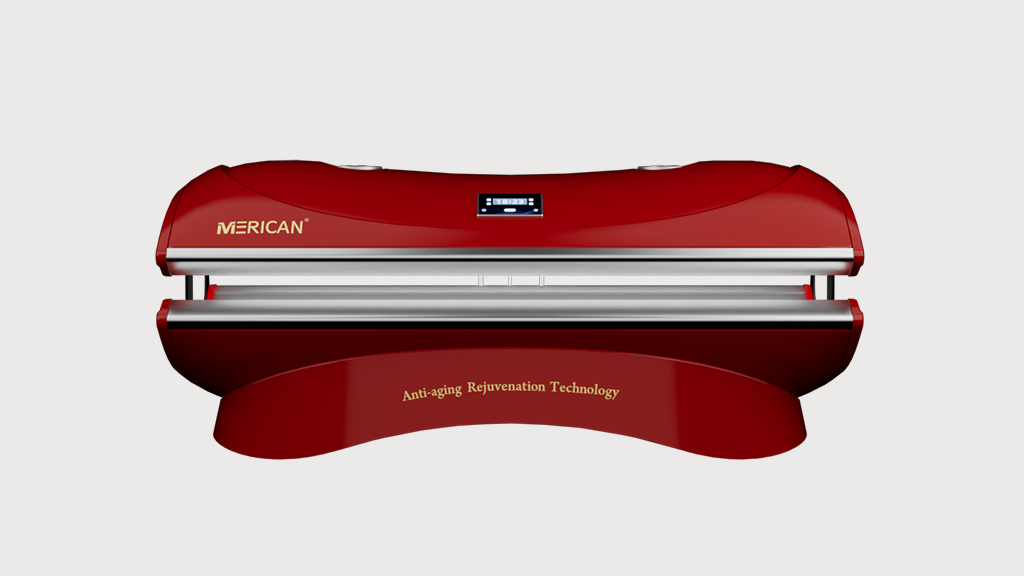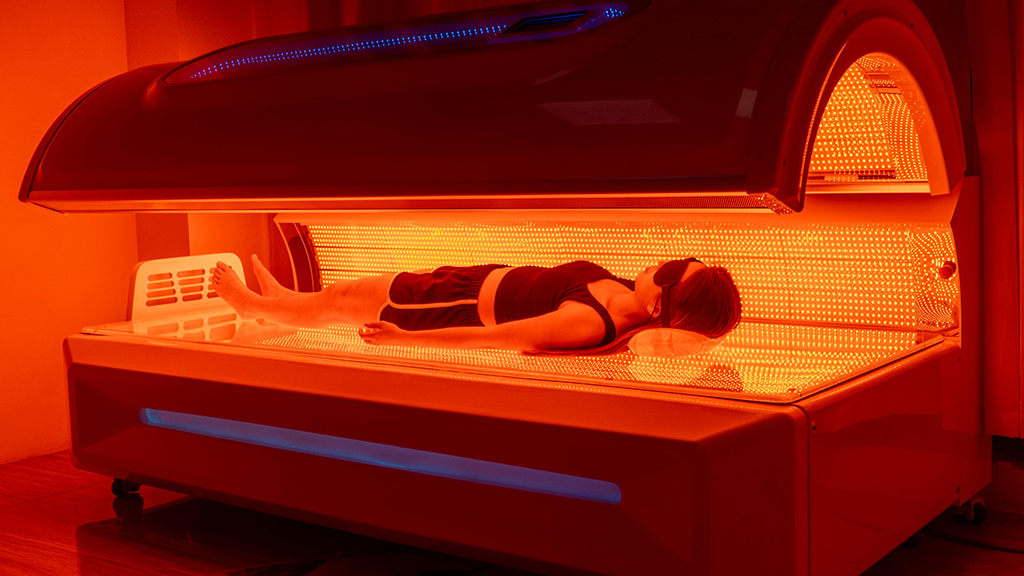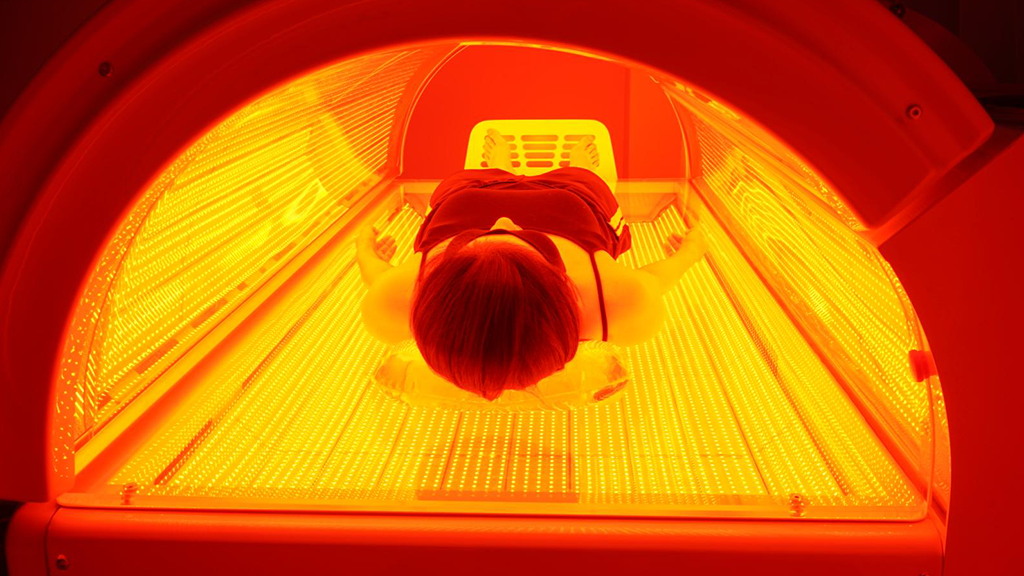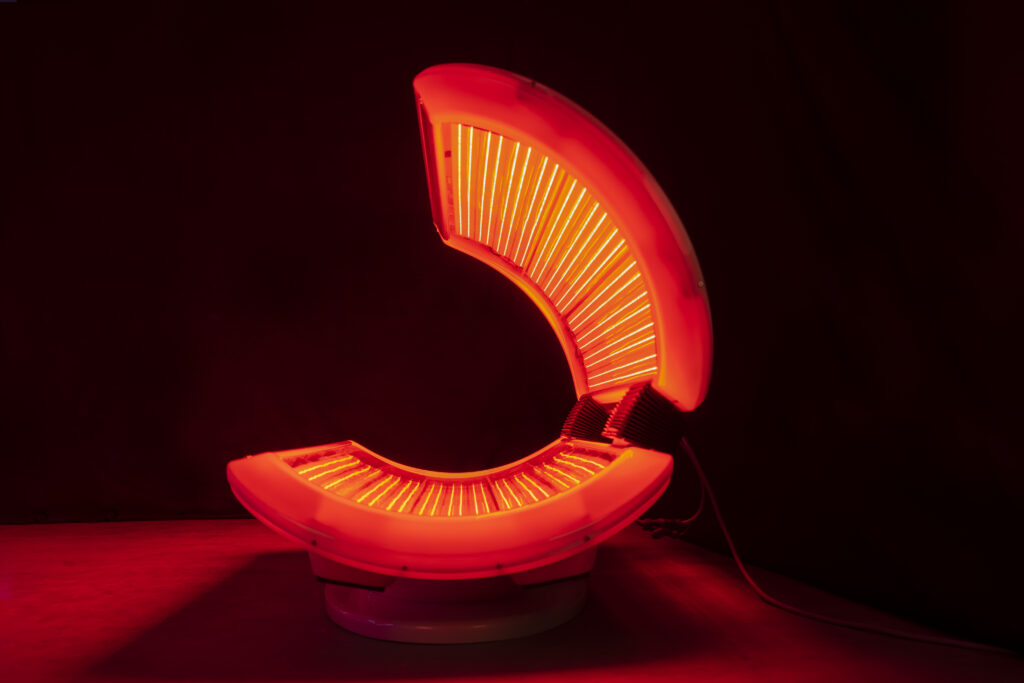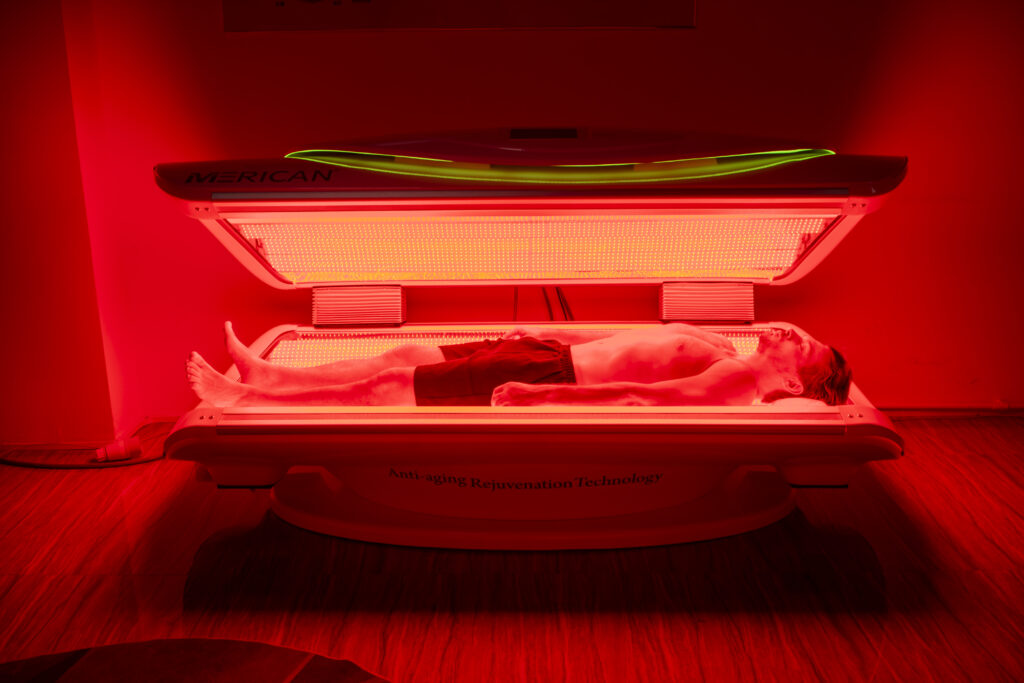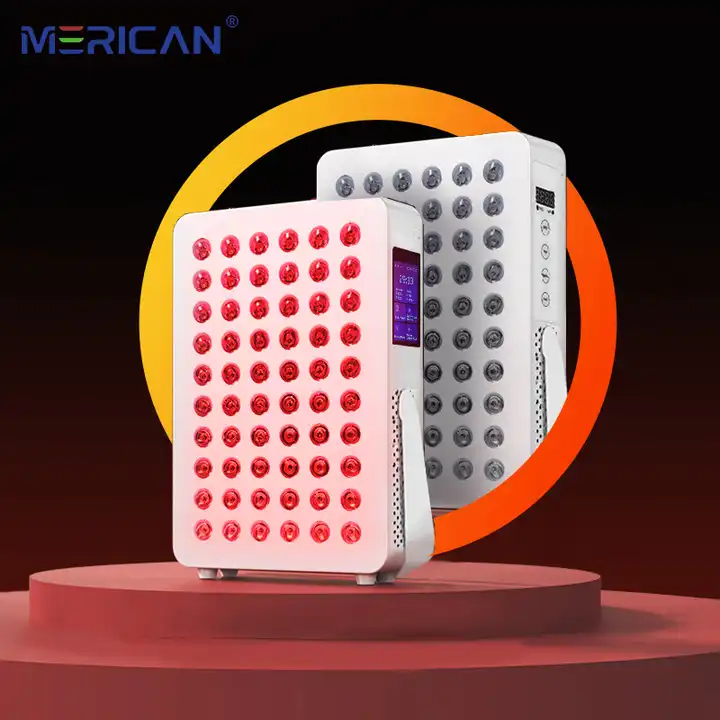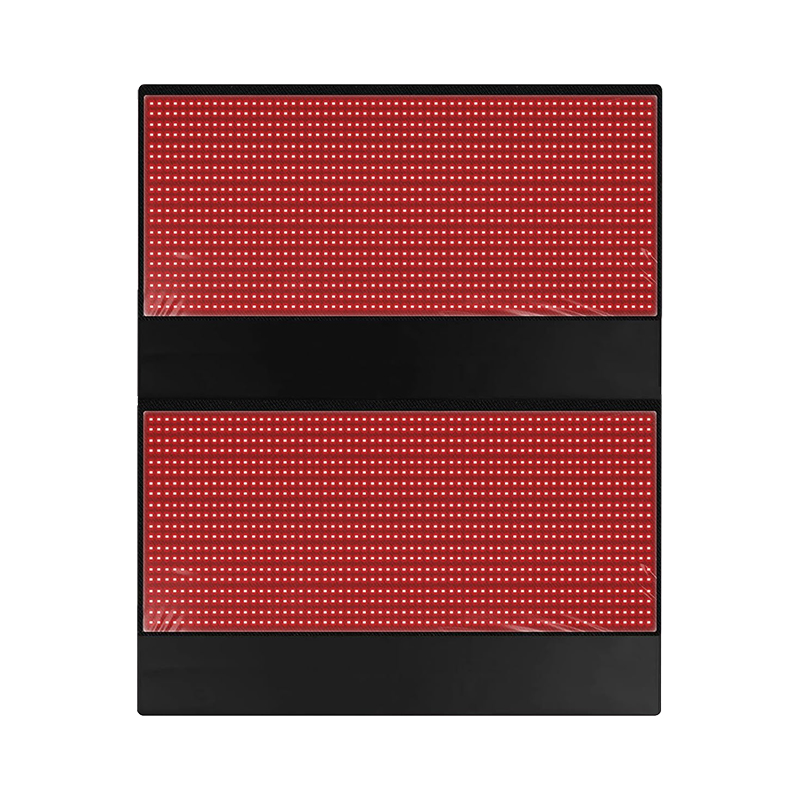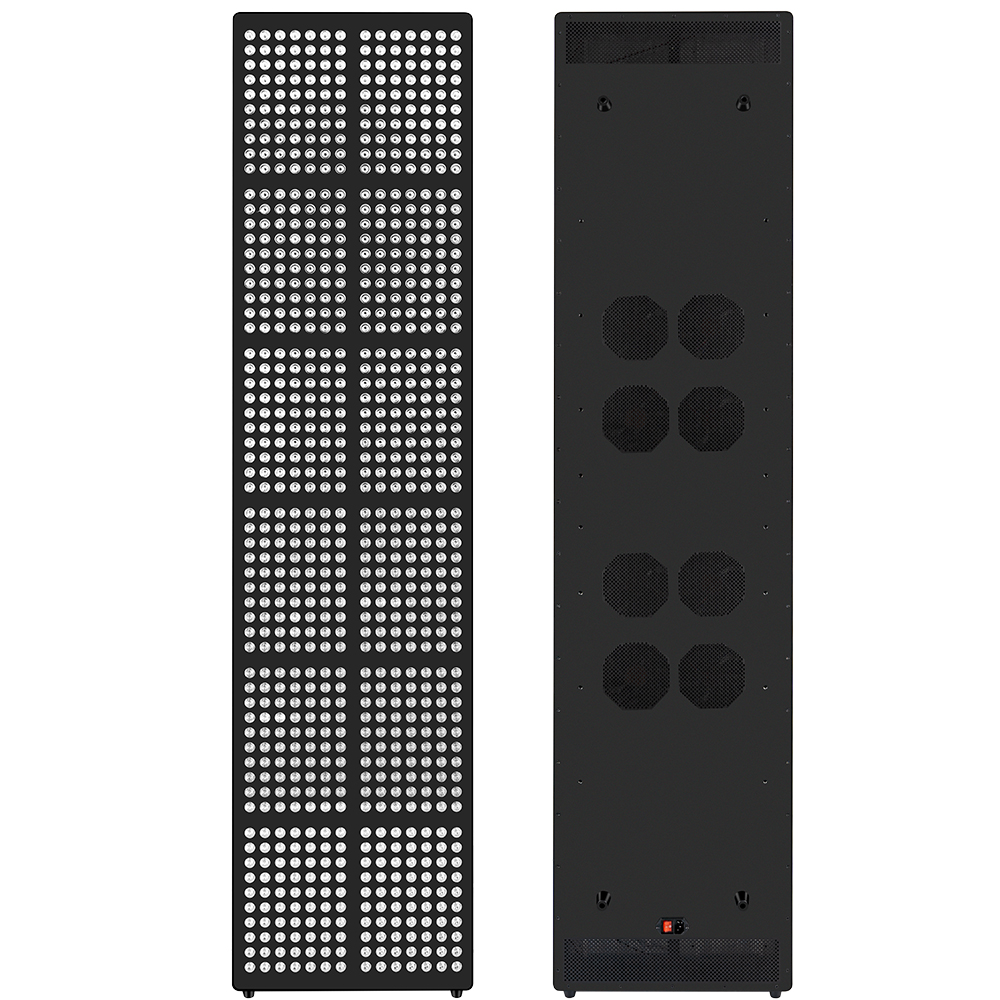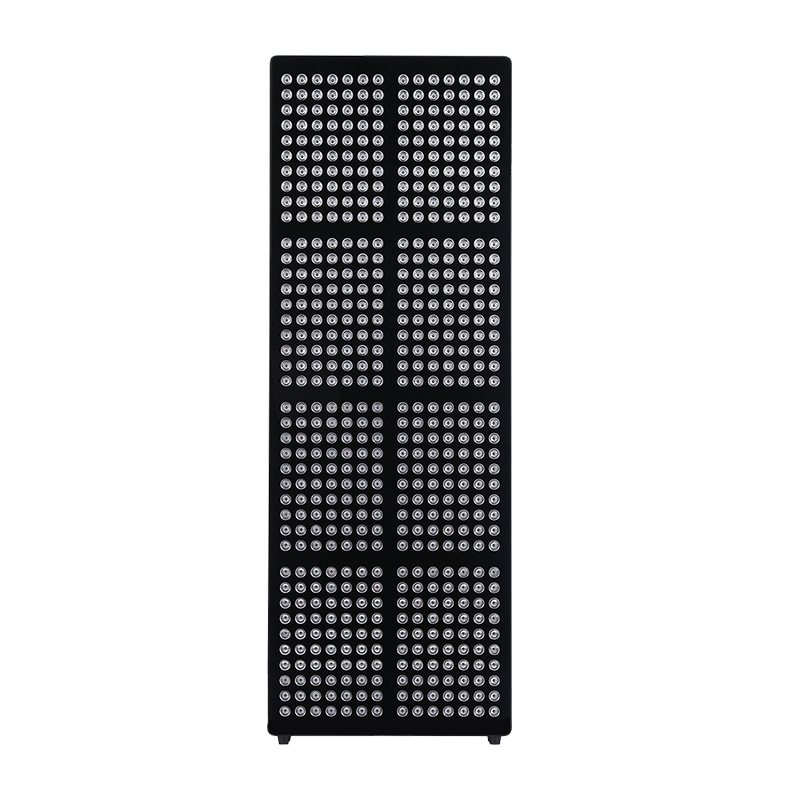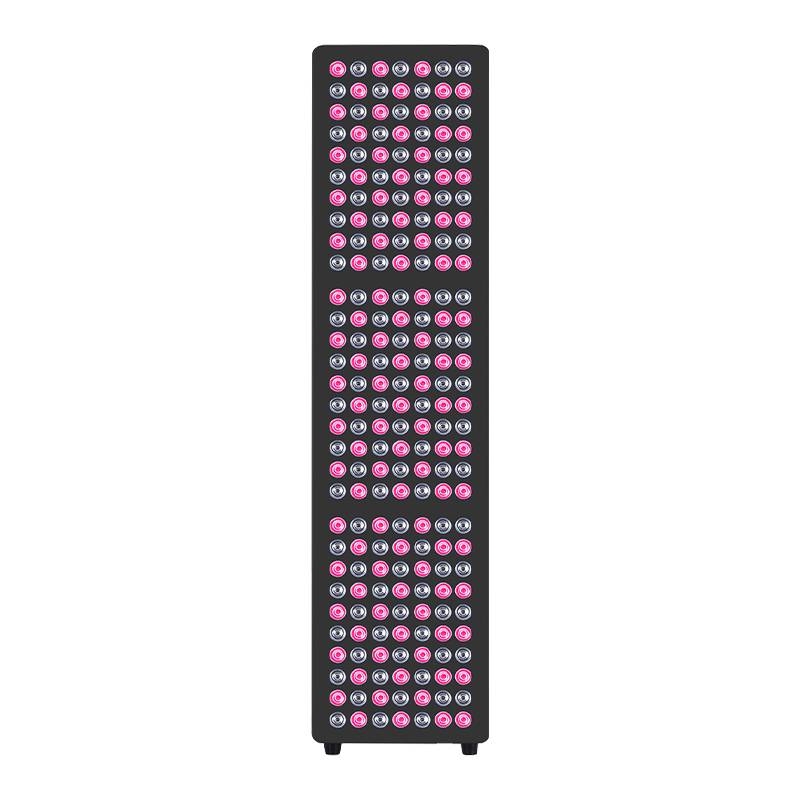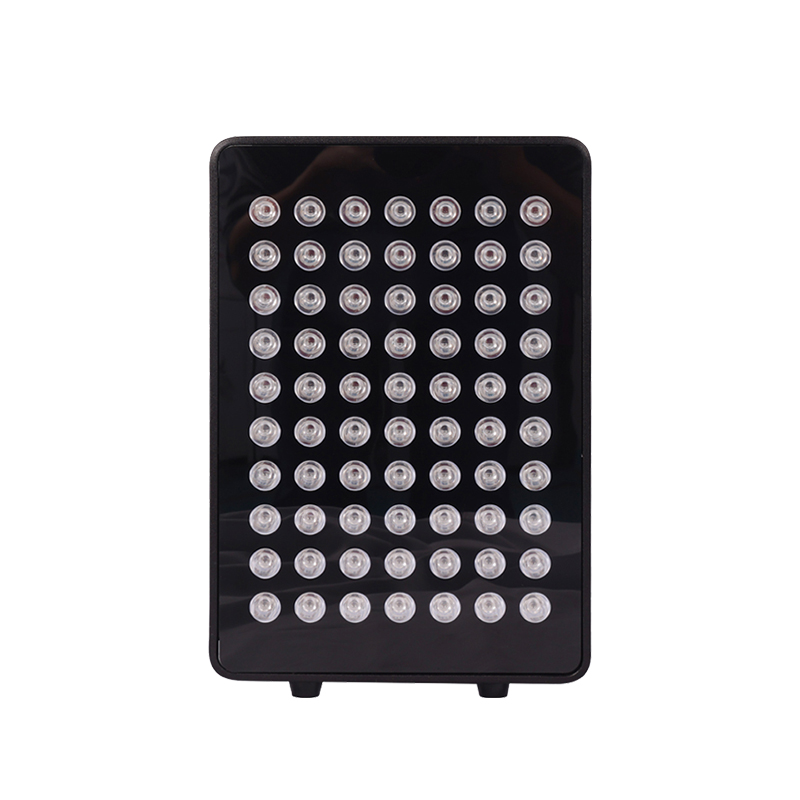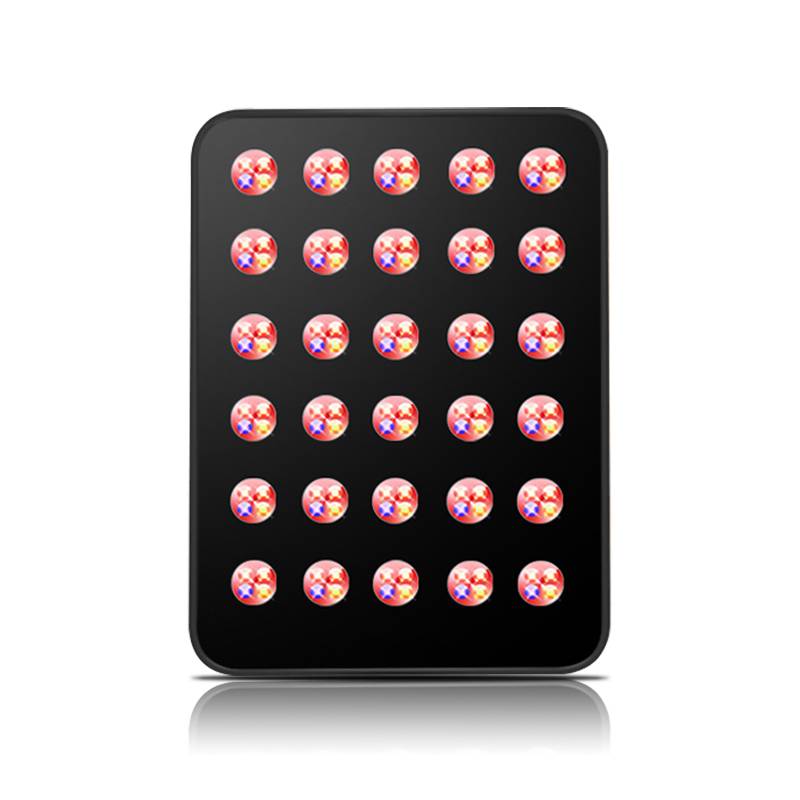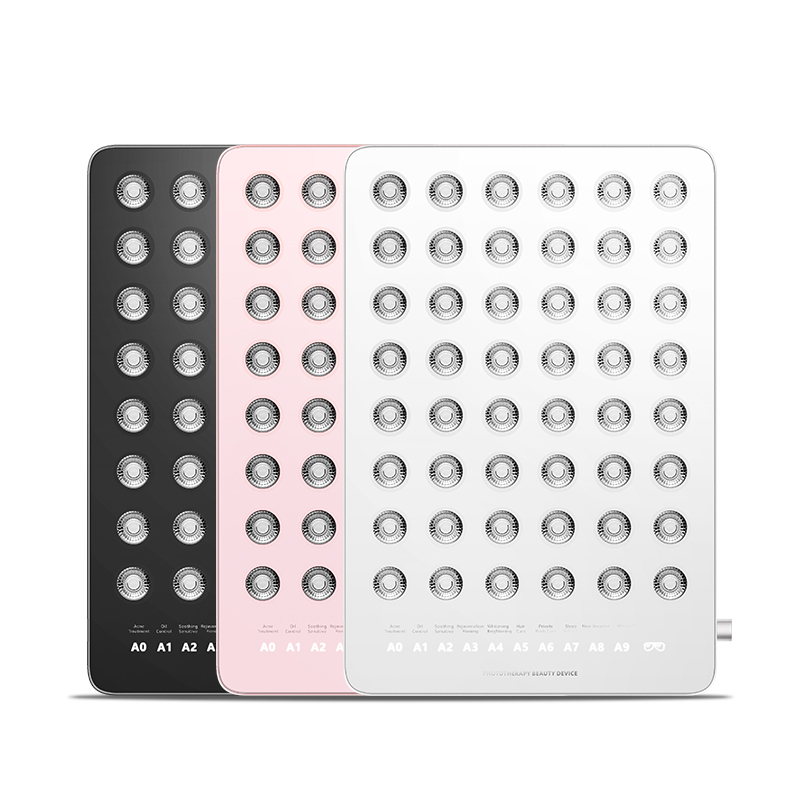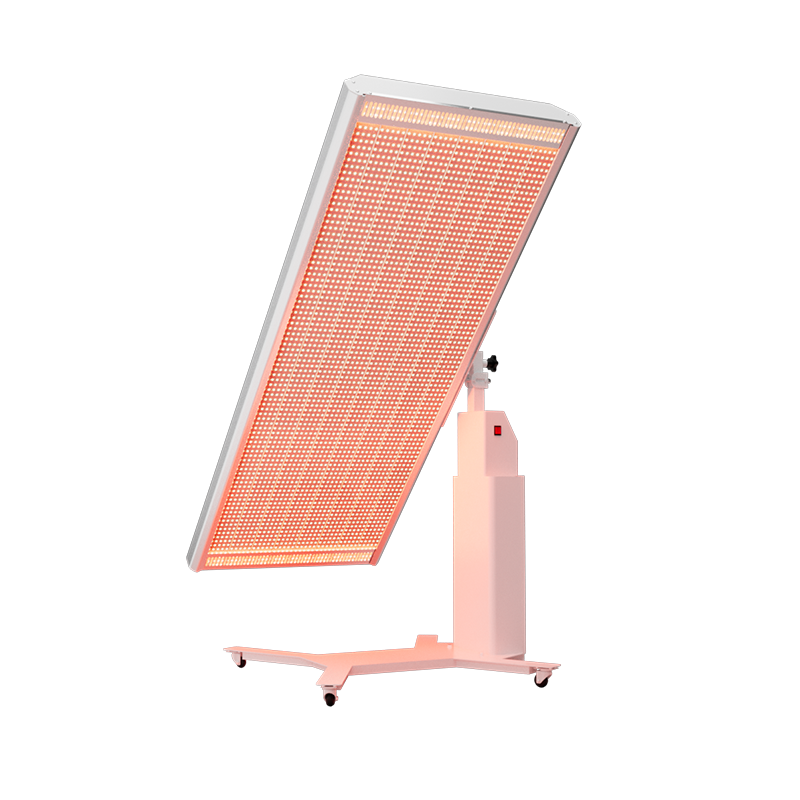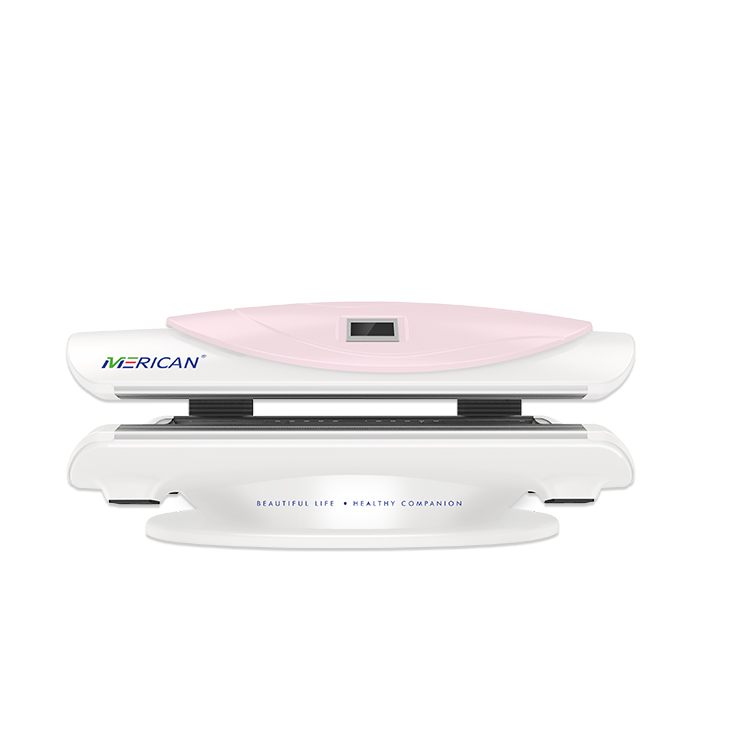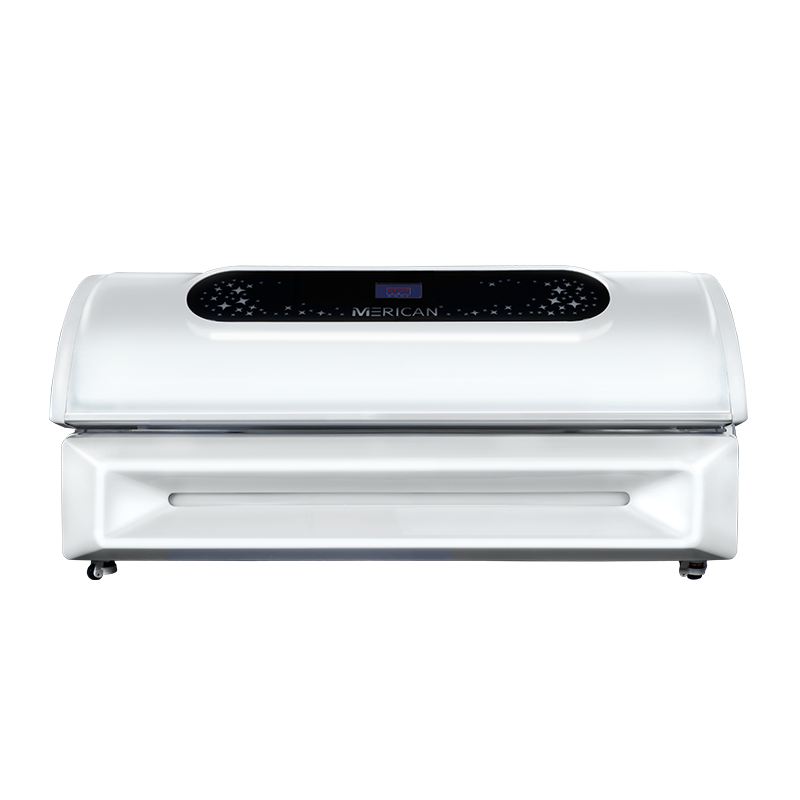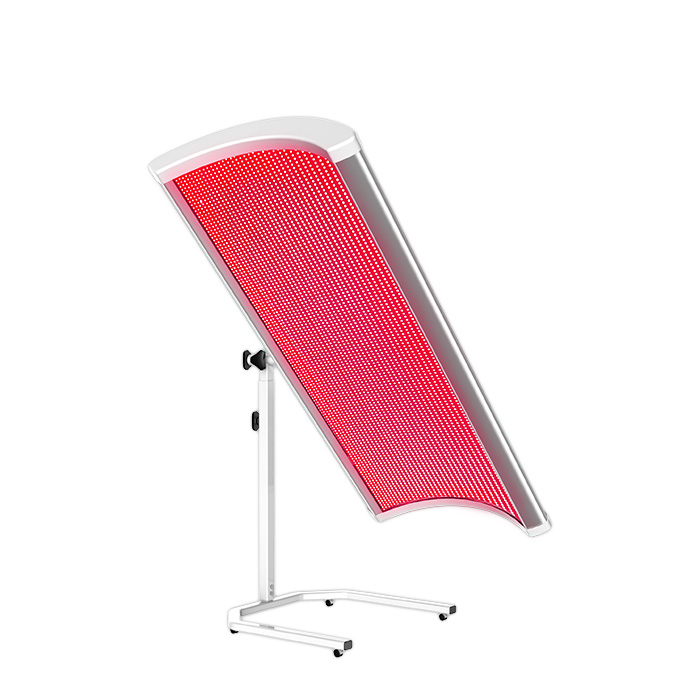Understanding the Structure and Function of the Brain
The human brain is a highly organized, multi-layered organ that governs nearly every aspect of bodily and mental function. It’s typically divided into three major regions:
- Cerebrum: The largest part of the brain, responsible for conscious thought, memory, voluntary movement, and language.
- Cerebellum: Positioned beneath the cerebrum, it coordinates posture, balance, and precise motor activities.
- Brainstem: Connecting the brain to the spinal cord, it regulates essential autonomic functions like heartbeat, respiration, and sleep-wake cycles.

Beyond these structural divisions, the brain is composed of highly specialized regions with distinct responsibilities:
- Cerebral Cortex: The outer layer of the cerebrum, responsible for higher cognitive processes such as reasoning, attention, sensory perception, and decision-making. It’s further divided into four lobes—frontal, parietal, temporal, and occipital—each managing different functions.
- Subcortical Structures: Including the hippocampus (memory processing), amygdala (emotion regulation), and basal ganglia (movement control).
- Neurotransmitter Networks: Systems like the dopaminergic and serotonergic pathways influence mood, behavior, and reward mechanisms.
- Glial Cells: Often overlooked, these support and protect neurons, playing a key role in immune defense and homeostasis within the brain.
From infancy to adulthood, billions of synaptic connections are created or eliminated in response to learning and experience. This process—called synaptic pruning and neural plasticity—continues through life, allowing the brain to adapt and reorganize.
It is this very adaptability that makes the brain responsive to external stimuli like red light. Increasing research is now investigating how red light therapy may influence these neural circuits, potentially “rewiring” the brain in ways that improve cognition, mood, and overall neurological function.
What Happens in the Brain During Red Light Therapy?

How Red Light Reaches and Influences the Human Brain
Red light therapy (RLT) uses specific wavelengths—typically in the range of 630–850 nanometers—to deliver low-level light energy through the scalp.
Red and NIR wavelengths penetrate the scalp and skull with relative ease compared to other light types. Once they enter the brain, they stimulate photoreceptors in the mitochondria—especially the cytochrome c oxidase enzyme.
This stimulation leads to several downstream effects:
- Increased ATP production: Providing neurons with more energy to carry out repair and signaling.
- Reduced oxidative stress: Lowering inflammation levels within brain tissue.
- Improved cerebral blood flow: Enhancing oxygen and nutrient delivery to targeted regions.
Red light interacts with neuronal tissues and triggers cellular processes that may improve neuroplasticity and reduce inflammation—both of which are essential for supporting cognitive health and potential brain mapping and red light therapy applications.
The Biological Mechanisms Behind Red Light Therapy

Mitochondrial Activation
Red light photons stimulate cytochrome c oxidase in mitochondria, the enzyme responsible for cellular respiration. This enhances ATP (adenosine triphosphate) production, supplying neurons with the energy required for repair, synaptic transmission, and regeneration.
Vasodilation and Blood Flow
Nitric oxide release from mitochondrial stimulation leads to vasodilation. This increases regional cerebral blood flow, enabling better oxygen and nutrient delivery to neural tissue—vital for maintaining long-term brain function.
Anti-inflammatory Signaling
Red light reduces oxidative stress by modulating reactive oxygen species (ROS) levels. This contributes to the downregulation of pro-inflammatory cytokines in the brain, which is particularly relevant for neurodegenerative and psychiatric disorders.
Neurogenesis and Synaptic Plasticity
RLT has been shown to increase the expression of brain-derived neurotrophic factor (BDNF), a protein that supports neuron growth, survival, and synaptic remodeling. This process is central to red light therapy’s proposed role in promoting red light for nerve repair.
Red Light’s Impact on Common Brain Disorders
Red light therapy is being investigated as a supportive treatment for several major brain disorders, particularly those with chronic inflammation and mitochondrial dysfunction at their core.
A pilot study found that red/NIR light therapy significantly improved executive function and memory in chronic mTBI patients, suggesting potential neuromodulation effects on the prefrontal cortex.
Red Light Therapy for Neurological Disorders and Cognitive Decline
- Alzheimer’s Disease: Red light may reduce beta-amyloid accumulation and oxidative stress, while improving memory performance in early-stage patients.
- Parkinson’s Disease: Animal models show red light can protect dopaminergic neurons and improve motor coordination.
- Depression and Dementia: Chronic depression is linked to hippocampal atrophy, increasing dementia risk. Red light’s anti-inflammatory and neurogenic effects could help restore hippocampal integrity and cognitive balance.
- Anxiety: Red light therapy anxiety protocols have shown promising outcomes in reducing stress-related behaviors and regulating emotional processing centers in the brain.
Red Light Therapy vs. Conventional Therapies
| Treatment | Estimated Cost | Brain Region Targeted | Effectiveness | Risk/Side Effects |
| Red Light Therapy | $500–$1,000 (device) | Prefrontal cortex, hippocampus, amygdala | Enhances energy metabolism, neuroplasticity, mood balance | Minimal; low risk when used properly |
| Alzheimer’s Medication | $3,000+/year | Hippocampus, temporal cortex | Slows memory decline, does not halt progression | Gastrointestinal issues, dizziness, long-term toxicity |
| Parkinson’s DBS | $35,000–$50,000 (one-time) | Basal ganglia, thalamus | Strong motor improvement, invasive but effective | Infection, hemorrhage, device complications |
| SSRIs (Depression) | $1,000+/year | Prefrontal cortex, limbic system | Reduces symptoms; variable response | Sexual dysfunction, weight gain, emotional blunting |
| Psychotherapy | $100/session (~$3,000/year) | Prefrontal cortex, hippocampus, amygdala | Long-term cognitive and emotional benefits | Low physical risk; dependent on therapist and duration |
As research into brain mapping and red light therapy continues to evolve, this approach may serve as both a primary and adjunctive treatment, especially for patients seeking safer and more sustainable options.
Practical Recommendations for Maintaining Brain Health
For optimal results, red light therapy should be combined with other brain-supportive habits:
- Nutrient-dense diet: Include omega-3s, antioxidants, and B-complex vitamins
- Regular exercise: Aerobic activity enhances cerebral blood flow
- Sleep hygiene: Consistent, deep sleep supports neural repair
- Mental engagement: Reading, learning, and social interaction preserve cognitive flexibility
- Routine therapy: Use red light devices 3–5 times per week for cumulative effects
How to Use Red Light Therapy to Support Brain Health at Home

Best Wavelengths and Recommended Devices for Brain Stimulation
- Ideal Wavelengths: 810–850nm is most effective for penetrating the skull and reaching the brain.
- Irradiance: 20–100 mW/cm² is appropriate for neuro applications.
- Session Duration: 10–20 minutes per area, 3–5 times per week.
- Recommended Devices:
- LED Leather Beauty Mask MM04 (630–850nm, CE-certified, targeted facial and cognitive therapy)
- Red Light Therapy Panel MP03 (660/850nm, FDA-listed, full-head and prefrontal coverage)
- Red Light Therapy Bed M4 (660/850nm, medical-grade, whole-body support including neurological targets)
Safety and Usage Guidelines for Red Light Therapy on the Brain
- Use protective goggles when applying light near the eyes.
- Begin with short sessions and gradually increase exposure.
- Avoid use if you have photosensitivity, epilepsy, or are pregnant.
- Follow manufacturer instructions and consult professionals for chronic conditions.
- Red light therapy is generally safe, with no known adverse effects when used as directed.
Red Light Therapy and Brain Tech Innovation
Red light therapy is not only reshaping how we think about healing—it’s becoming part of a broader technological ecosystem aimed at optimizing brain performance.
- Brain mapping and red light therapy: Modern imaging techniques (like fNIRS and EEG) are now used alongside red light to visualize changes in activity and blood flow in real-time.
- Brain-computer interfaces (BCIs): Early-stage research is exploring how red light stimulation might enhance cognitive control signals in BCI applications.
- AI-personalized therapy: Some startups are using AI algorithms to analyze biometric data and optimize red light treatment protocols for individual users.
These integrations could soon usher in a new era of non-invasive, adaptive neurotherapies—giving users greater control over their brain health than ever before.
FAQS
What does red light therapy do for the brain?
It boosts mitochondrial activity, reduces inflammation, and supports neuroplasticity in brain cells.
Is infrared light safe for the brain?
Yes, near-infrared light is generally safe when used properly at controlled wavelengths and intensities.
What is the difference between infrared and red light therapy brain?
Red light targets surface brain tissues; near-infrared penetrates deeper for more neurological effects.
Can red light therapy improve brain function?
Studies suggest it may enhance memory, mood regulation, and blood flow in specific brain regions.

